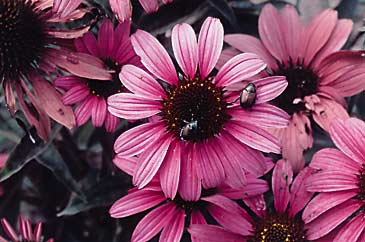We planted 2 linden trees about 5 years ago. They are doing very well, but one of them has suckers that grow every year. By July, they are about 2 feet tall and this is when I have been cutting them off. Is this OK? Is there a better way to handle this? Can the suckers be prevented from growing? Why does one tree have them and not the other?
Occasionally trees may send up sucker growth from mature tissues originating at or below ground level. The best way to prevent recurrence of this is to trim back the suckers as close to the point of origin as possible. Sometimes this may require careful removal of some soil to expose the base of the suckers. Remove the growth by cutting as close to the mature tissue (from which the sucker emerges) as possible, or by twisting and pulling the shoots if they are young and tender. The latter usually provides better control because the latent bud that is causing the sucker is often removed in the process. Once removal is completed, replace and firm the soil.
In some cases, all that can be done is to continue the pruning ritual since no treatment is really available to prevent these suckers from growing. Eventually, some trees will just stop on their own, while others will go on for years…that’s just how nature works.

